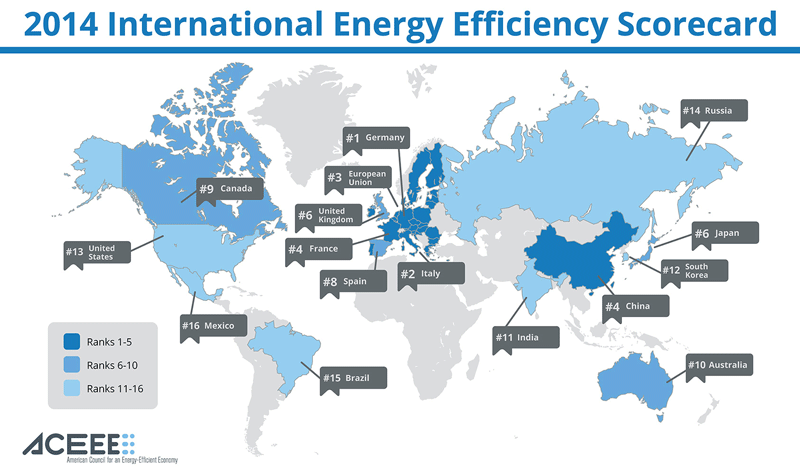Composting reduces waste and builds healthy soil to support
local food production and protect against the impacts of extreme weather, from
droughts to heavy rainfall. That’s the message of two new reports from the
Institute for Local Self-Reliance (ILSR):
Compost is the dark, crumbly, earthy-smelling material
produced by the managed decomposition of organic materials such as yard
trimmings and food scraps. Compost is valued for its ability to enhance soil
structure and quality. It adds organic matter to soil, improves plant growth and
water retention, cuts chemical fertilizer use, and stems stormwater run-off and
soil erosion. In the U.S., 40 million hectares (28% of all cropland) are eroding
above soil loss tolerance rates, meaning the long-term productivity of the soil to
support plant growth cannot be maintained.
It might be worse comparatively in Australia, and China certainly has major problems!
 |
| compost production- commercial scale |
Applying a meagre 12mm of compost to the all of the severely
eroded cropland in the USA would require about 3 billion tonness of compost,”
says Brenda Platt, the lead author of both reports and director of ILSR’s
Composting Makes $en$e Project. “There is not enough compost to meet that
need. No organic scrap should be
wasted.”
Compost also protects the climate: it sequesters carbon in soil and it reduces
methane emissions from landfills by cutting the amount of biodegradable materials
disposed. (Methane is a greenhouse gas with a global warming potential 72 times
more potent than CO2 in the short-term.) A growing body of evidence
demonstrates the effectiveness of compost to store carbon in soil for a wide
range of soil types and land uses.
Yard trimmings composting programs are fairly well developed
in the U.S.
Of the 4,914 composting operations identified in the U.S.
for State of Composting in the U.S., about 71% compost only green waste / yard
trimmings (based on 44 states reporting). Food scrap recovery is slowly
growing. More than 180 US cities and counties are now collecting residential
food scraps for composting, up from only a handful a few years ago. “There is more demand for composting, especially from
businesses and institutions that want to source separate food scraps and not
throw them in the landfill,” says Nora Goldstein, Editor of BioCycle, which
conducted the state-by-state assessment of composting infrastructure and
policies, “We not only need more infrastructure to compost these materials, we
need more infrastructure to manufacture high quality compost that our soils —
and climate — desperately need.”
 |
| compost berm used in erosion control |
State of Composting in the U.S. is the first comprehensive
review of composting basics, national and state statistics, job generation
data, model programs, and policy opportunities.
The report calls for a national soils strategy and for new
rules and programs to grow composting, especially at the local community level:
including streamlined permitting for facilities, training programs, technical
and financing assistance, strong recycling and composting goals, disposal bans,
compost procurement policies, and more. “The beauty of composting is that it can be small-scale,
large-scale and everything in between,” says Brenda Platt. “Why send resources
out of the community when our neighbourhoods need food and our soils are
starved for organic matter?”
I would imagine that the report for Australia and the NT in
particular would be quite similar.
However, around Darwin mulched green waste is widely used in domestic
areas but much less so commercially and for landscape rehabilitation where it
can be especially useful in restarting organic processes on damaged soils.
A sneak peek inside State of Composting in the U.S.: What,
Why, Where & How:
· Section 1, What
Is Composting and Compost, describes the composting process, what materials can
be composted, composting systems, and the many uses for compost.
· Section 2, Why
Compost?, identifies the key benefits of composting to create jobs, protect
watersheds, reduce climate impacts, and improve soil vitality.
· Section 3,
Where Is Composting Happening, provides a national snapshot of composting
infrastructure, current policies, and model programs that could be replicated.
· Section 4, How
to Advance Composting, outlines new rules and initiatives to grow composting,
and describes the importance of a diverse and locally based infrastructure.
ILSR’s companion report, Growing Local Fertility: A Guide to
Community Composting, features successful community-scale composting
initiatives, their benefits, tips for replication, key start-up steps, and the
need for private and public sector support.
Produced by ILSR’s Composting Makes
$en$e Project and the Highfields Centre for Composting, this guide highlights
more than 30 diverse urban and rural small-scale locally based composting
programs in 14 states and the District of Columbia. They include schools, pedal-powered
collection systems, worker-owned cooperatives, community gardens, and farms
employing multiple composting techniques.







